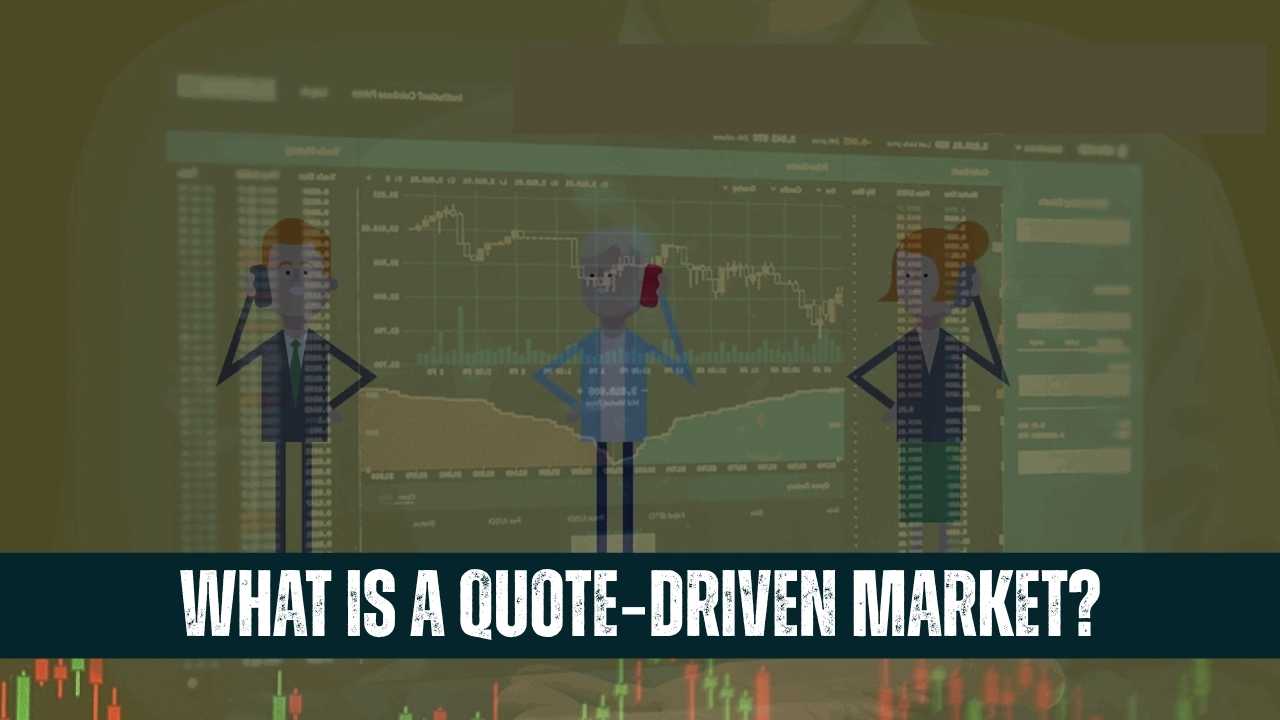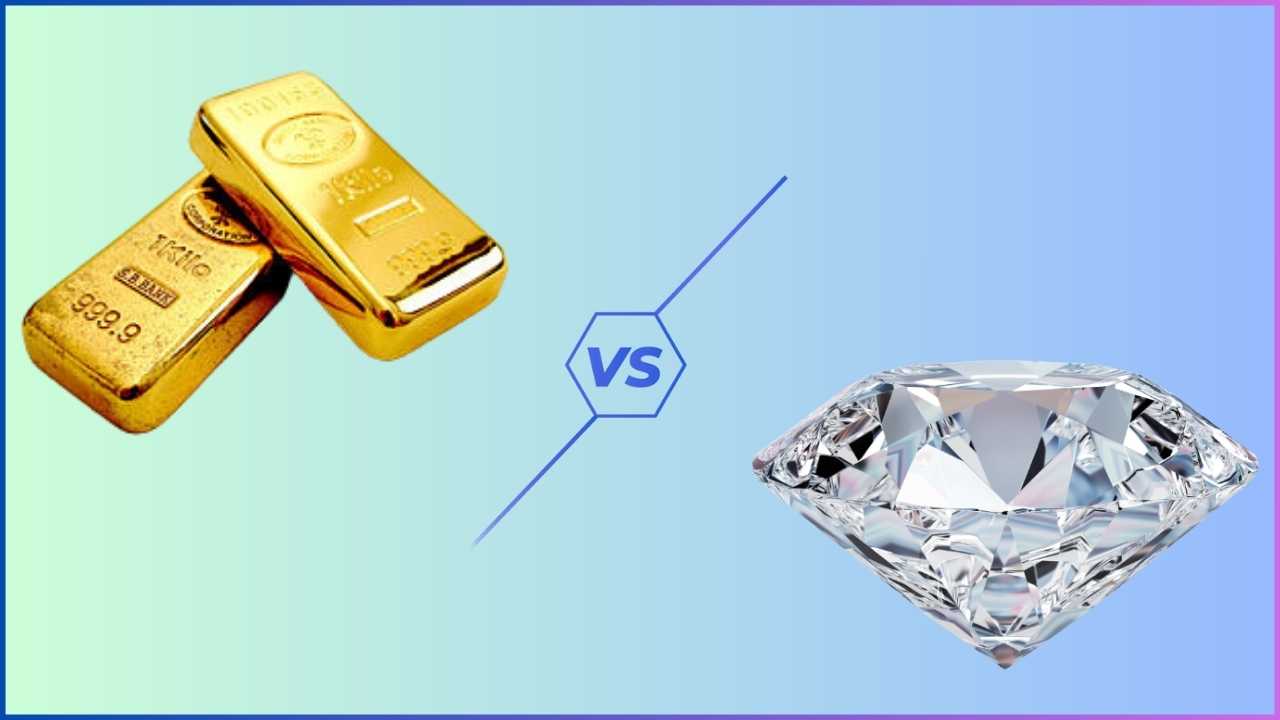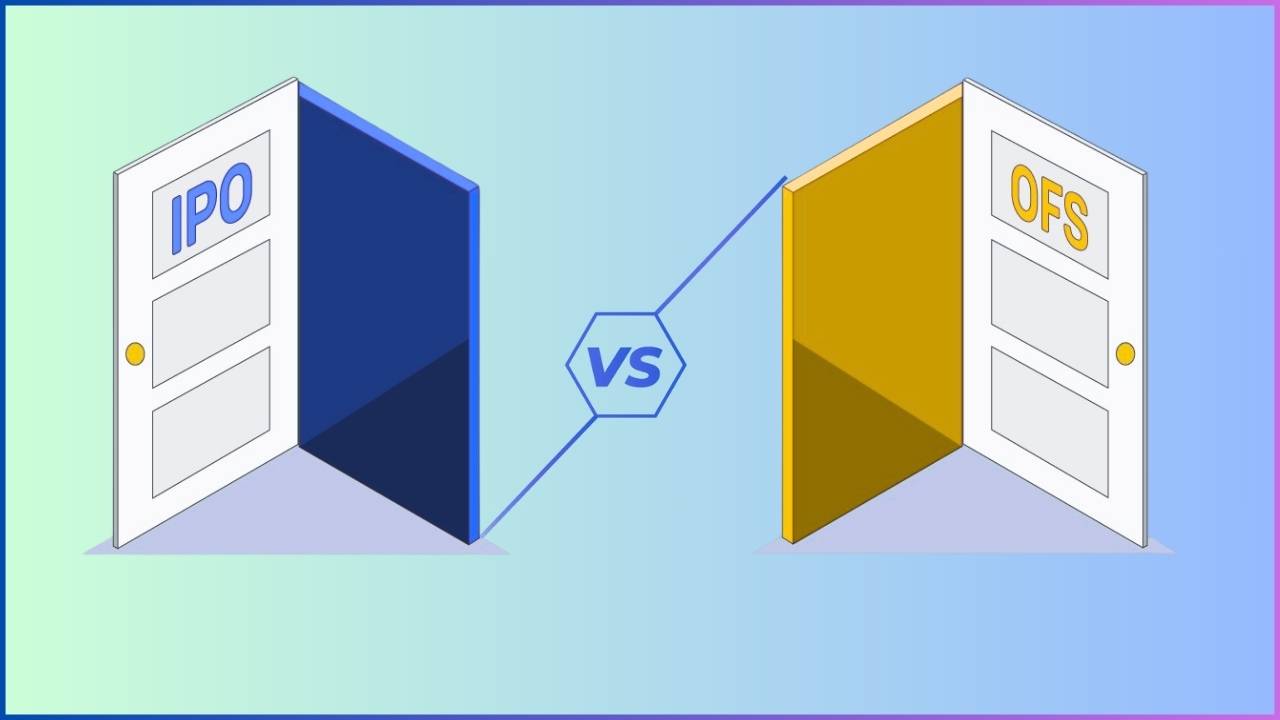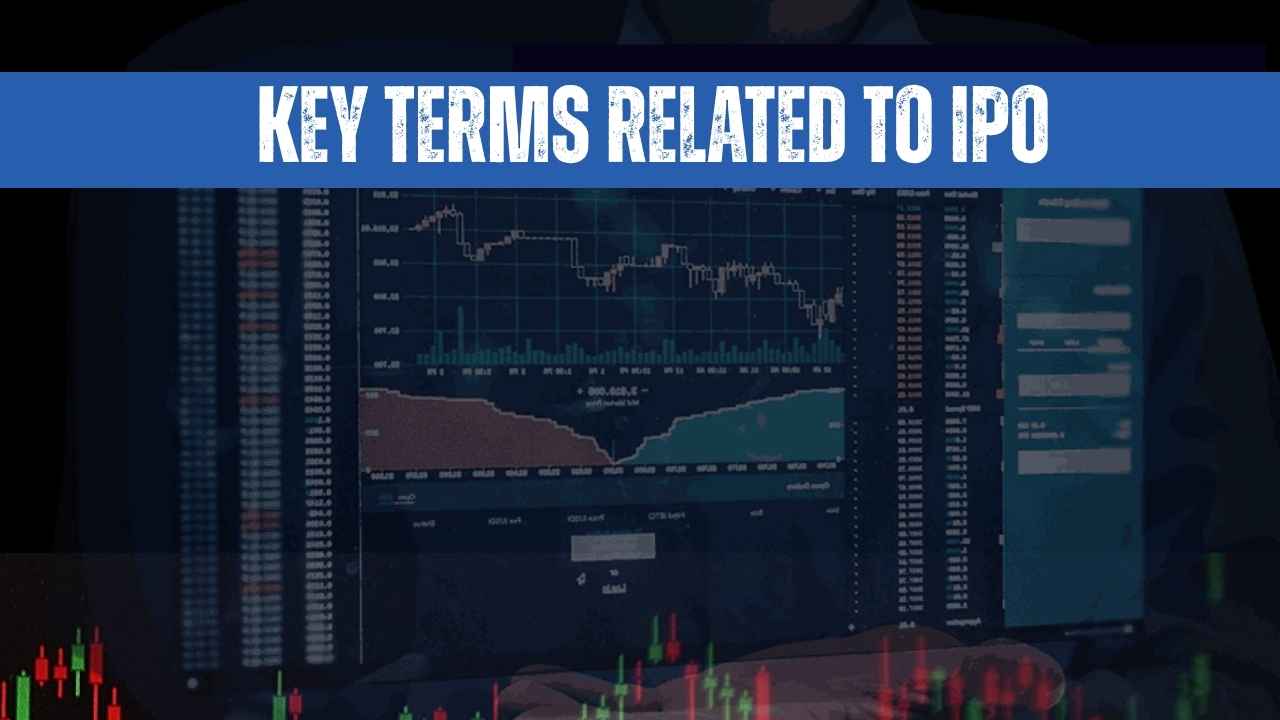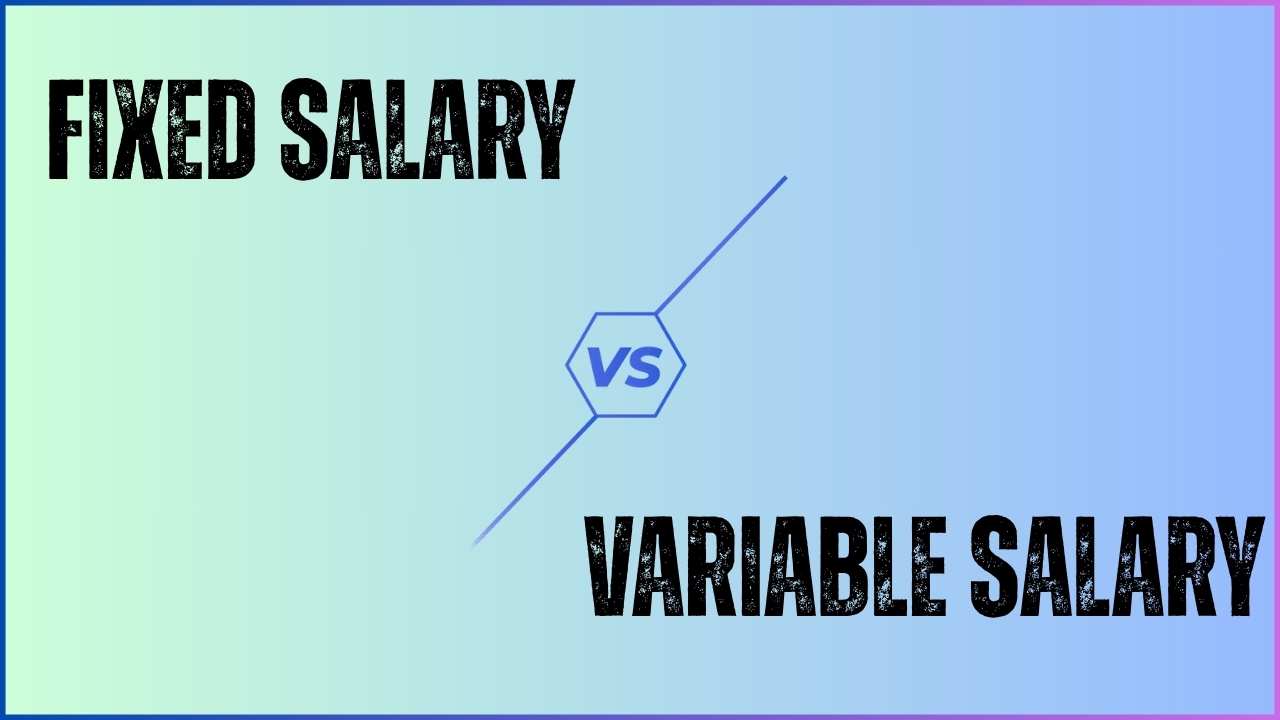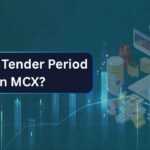Financial markets come in many shapes and sizes. One key way to classify them is by how buyers and sellers find each other and set prices. In this article, we’ll explore the quote‑driven market—a market where dedicated intermediaries called market makers stand ready to buy and sell at publicly quoted prices. We’ll explain how these markets work, why they are especially important in commodities, and the main advantages and risks they bring.
What Is a Quote‑Driven Market?
A quote‑driven market, or a dealer market, is a trading system whereby transactions occur via market makers (alternately referred to as dealers). Instead of matching the buyer’s order directly with a seller’s order, the market maker:
- Quotes Two Prices
- Bid price: The price at which the market maker is willing to buy a security.
- Ask price: The price at which the market maker is willing to sell the same security.
- Trades from Inventory
- When a seller comes in, the market maker buys from that seller at the bid price, adding the security to its inventory.
- When a buyer arrives, the market maker sells from its inventory at the ask price, filling the buyer’s order immediately.
- Earns the Spread
- The difference between the ask price and the bid price is known as the bid‑ask spread.
- The market maker’s profit on each transaction equals this spread multiplied by the number of units traded.
Because the dealer always stands ready to trade, buyers and sellers enjoy quick execution without waiting for a matching counterparty.
Quote‑Driven Markets in Commodities
While most stock exchanges employ order‑driven systems (trades are made when buyers’ and sellers’ orders intersect), commodity trading—particularly in over‑the‑counter (OTC) derivatives and physical metals—tends to be quote-driven. Here’s why:
- Large Lot Sizes: Commodities like crude oil or gold are traded in big chunks. It can be hard for one seller and one buyer to match exactly.
- Need for Liquidity: Producers and consumers (for example, oil refiners and airlines) need to lock in prices fast. Market makers fill that gap.
- Flexibility: OTC markets are less standardized; dealers tailor quotes to their clients’ needs.
Example: OTC Oil Contracts
Imagine two traders in an OTC oil market:
- Trader A wants 100 lots of oil contracts.
- Trader B wants to sell 100 lots of those same contracts.
Because this is a quote‑driven market, they both rely on a market maker:
| Action | Price (₹ per lot) | Quantity (lots) |
|---|---|---|
| Market maker buys | ₹5,000 (bid) | 100 |
| Market maker sells | ₹5,010 (ask) | 100 |
- Trader B sells 100 lots to the market maker at ₹5,000.
- Trader A buys 100 lots from the market maker at ₹5,010.
- The market maker’s profit = (₹5,010 − ₹5,000) × 100 = ₹1,000.
This process ensures both traders get their full orders filled immediately, thanks to the dealer’s inventory.
Advantages of Quote‑Driven Markets
- Provides Liquidity
- Market makers hold inventory so even large orders can be filled without waiting for a direct match.
- This is vital when one seller cannot supply the entire amount or one buyer needs more than one seller can offer.
- Price Continuity
- Dealers aim to keep the bid‑ask spread narrow to attract business.
- Narrow spreads mean small differences between buying and selling prices, helping with fair price discovery.
- Quick Execution
- Because the dealer commits to fill orders from its own inventory, trades happen immediately.
- Buyers and sellers avoid the uncertainty of waiting for a counterpart.
Drawbacks and Risks of Quote‑Driven Markets
- Less Transparency
- Unlike order‑driven markets (where you can see the full list of buy and sell orders), quote‑driven markets only display dealers’ bid and ask prices.
- Traders cannot always see the depth—how many units are available at each price level.
- Wide Bid‑Ask Spreads in Low Volume
- If market activity slows, dealers may widen their spreads to protect themselves.
- Wider spreads increase trading costs and can lead to more price volatility.
- Dealer Concentration Risk
- When only a few dealers dominate, the market relies heavily on them for liquidity.
- If a major dealer withdraws or faces financial trouble, liquidity can dry up, and prices may jump sharply.
How Quote‑Driven Markets Differ from Order‑Driven Markets
| Feature | Quote‑Driven Market | Order‑Driven Market |
|---|---|---|
| Price Source | Market makers’ quotes | Matching buyers & sellers |
| Visibility | Bid and ask only | Full order book |
| Liquidity | Provided by dealers’ stocks | Provided by participants |
| Execution Speed | Immediate (from inventory) | Depends on order matches |
| Typical Use Cases | OTC derivatives, commodities | Stock exchanges, futures |
Conclusion
Quote-driven markets are an essential feature of finance, particularly for markets that need big trades or tailor-made contracts. By having specialized market makers prepared to buy and sell, these markets provide stability, ongoing pricing, and speedy execution of trades. But they also involve transparency trade‑offs and concentration risks when dominated by a few dealers. It is informative to see how quote‑driven systems function so that traders, producers, and consumers can better navigate these markets and access essential commodities and financial products more smoothly and reliably.
